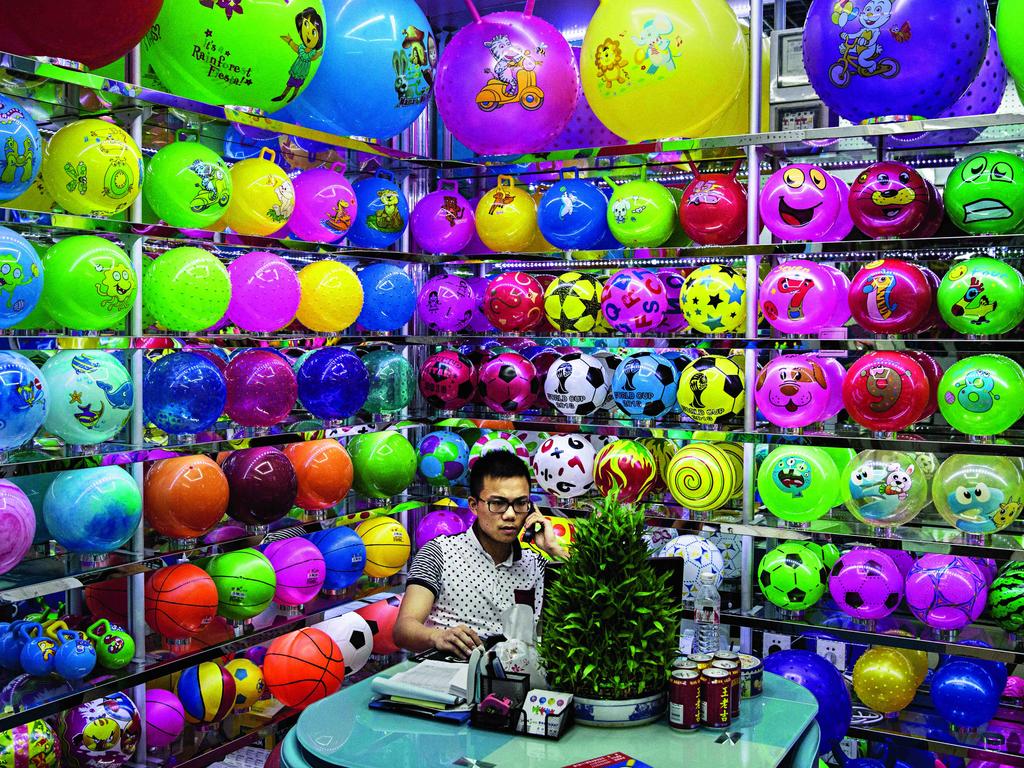
Jim Chalmers just had a third crack at modelling a global trade war scenario that would place pressure on the Reserve Bank to cut interest rates further and faster this year.
But after three goes, Treasury produced the same findings – that inflation would increase by 0.2 percentage points in 2025 and dip next year, while GDP would be down just 0.1 per cent in 2025 and 0.20 per cent next year.
Hardly enough for the RBA to make a panicked, outsized half-percentage-point rate cut at its next meeting in May.
In fact, Chalmers downplayed any chance of a recession.
“Treasury is not expecting the Australian economy to go backwards. We are forecasting our economy is for growth to continue to gather pace,” he said.
But as headlines around the country showed utter carnage on global stockmarkets, asset prices falling and superannuation accounts plunging right in the middle of an election campaign, the Treasurer thought he had better get out talking about an outsized rate cut.
“There’s more than 50 per cent expectation in the markets that the next Reserve Bank interest rate cut in May might be as big as 50 basis points,” Chalmers said on Monday.
The Treasurer noted that he had been on the phone to the “independent” Reserve Bank governor gaming the economic war scenarios.
Chalmers really only has two scenarios to consider.
One, where the global trade war becomes disinflationary and Australia’s economic growth is hit harder than Treasury forecast.
Commodity prices are already tumbling so that might dry up tax revenue a bit which insulates his budgets. Tighter credit, lower business investment and tighter household budgets would mean the Reserve Bank ends up delivering more interest rate cuts for whoever the next treasurer is after May 3.

The second scenario is that Australia’s economy gains under these new trade circumstances and that a strong labour market and higher inflation lead the RBA to keeping rates on hold.
Treasury noted in its latest modelling that the imposition of retaliatory tariffs by China may result in some US trade to China being substituted for Australian exports, which would boost our economic growth.
Jarden chief economist Micaela Fuchila expects the RBA to “wait and see” what inflation and jobs data show, both due later this month, before it rushes to big, faster interest rate cuts.
“Fundamentally, the economy is not really screaming that we need cuts,” Fuchila said.
She also notes that a drop in the Australian dollar, which on Tuesday was struggling to stay above US60c, after hitting a five-year low, would also mean pressure on prices given Australia is a net importer.

While the RBA is struggling to work out which way this fork in the road will take them, the US Federal Reserve has even bigger problems, given it is more likely the US is heading for a recession and higher inflation – a scenario that NSW Treasury Corporation chief economist Brian Redican reminds us is “mild stagflation”.
Chalmers doesn’t have to worry about that.
If he is still Treasurer in six months’ time he’ll be well down the path of one of these forks in the road.






